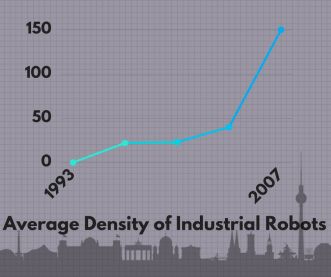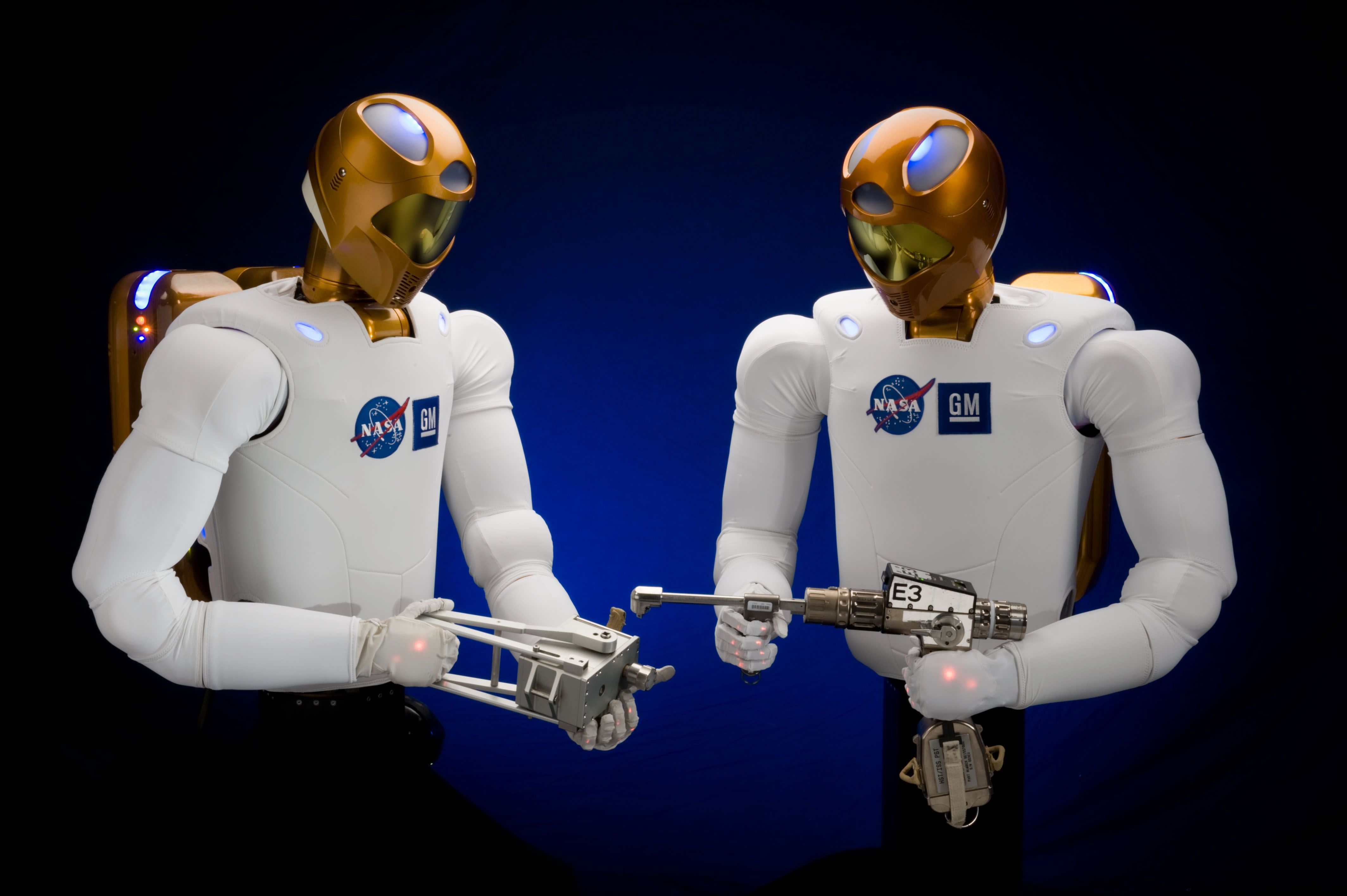
As we enter into a more digital age, the use of humans in the workplace is becoming obsolete. As computers and tech services become more advanced with each coming year, it only seems to make sense that humans would no longer be needed for certain jobs.
But what does that mean for the future?
Only decades ago were robots merely a figment of science fiction and, although their film and television depictions are not necessarily accurate, they have found their way in the modern day society. Automated systems and computers are used in almost every business nowadays, and in some regards, they are completely taking over said businesses.
The issue with robots in the workplace, of course, is that fewer human workers are needed. In 2015, Georg Graetz of Uppsala University and Guy Michaels of the London School of Economics collected data regarding the economic effects of robots in the industry.
Some of their research included that the average density of industrial robots increased by more than 150 percent from 1993 to 2007 in the United States and 16 other countries. In addition, a 2015 study for the National Bureau of Economic Research tested the impact that variations in workplace conditions and industrial policies will have on the economy.

This included the idea that increased workplace automation could produce both “economic misery” as well as prosperity. A long-run decline in labor share of income, tech-booms followed by tech-busts and a growing dependency of current output on past software investment are all consequences that are likely to occur.
“As technology improves and its use in the workplace expands, the demand for high-tech workers falls,” authors Seth Benzell, Laurence Kotlikoff and Guillermo LaGarda said in the study. “At the end of the simulation, nearly 68 percent of high-tech workers end up in the service sector, earning approximately 14 percent less than they did previously.”
So what does this mean for those currently still employed in the workplace when the world is constantly changing around them?
Debbie Woodell, an employee for the Philadelphia Media Network and a copy editor for the Daily News, spoke with uncertainty about the future of newspapers in the workplace. Considering the fact that news can be instantly received through online news and even social media, Woodell took note of how differently digital news is produced as opposed to the print edition.
“It’s certainly made things a lot more fast paced, we want the stories to be written more quickly, and get produced more quickly for online,” Woodell said. “It’s changed the workflow to make things a lot faster, which can be tough to keep up with at times.”
Woodell also noted that some things have changed for the better regarding the production of online news. “If you make a mistake in the story, you can quickly edit it out, while if there’s an error in the newspaper, it’s practically set in stone,” Woodell said.
Woodell believes that the newspaper industry will continue to change and go in different directions. However, she has opted that most major newspapers will likely cease production of print editions in future years.
“If newspapers can find a way to present news in a way that would be more explanatory with more analysis, they could have a lasting effect,” Woodell said. “I don’t think regular stories can last, at least in major areas.”
As for those who are a part of the newspaper department specifically, Woodell spoke solemnly about the future of their careers.
“Those who specialize in printing and designing a newspaper have a future if they learn new skills,” Woodell said. “However, those who don’t want to learn digital skills won’t have as bright a future unless they are willing to change.”
Maryanne Klein, the president and CEO of Media Members Federal Credit Union, also questioned the number of workers who would be needed for banking. Money is primarily withdrawn using machines and making transactions is done through computers.
“Personally I feel there are pros and cons to the digital age,” Klein said. “It has allowed more time for personal business but it has also removed much of the ‘person to person’ warmth out of the equation.”
Klein believes that this use of computers is becoming all consuming and that the credit industry would greatly benefit from more human workers.
“I think computers will always have a place in the credit union world, but I also see the need for the people behind the computers,” Klein said. “It may cut down the use of people on the front lines, as members use kiosks, ATMs and other digital equipment, but I can’t foresee it entirely taking over the industry.”
Media Members Federal Credit Union in particular struggles with merging with another credit union, considering Media Members is a relatively small union.

“The reality of credit unions is the smaller ones will have a hard time surviving as the growth of all things digital require more money and more education,” Klein said.
Some industries, however, have actually benefitted from the transition the digital age and have been able to incorporate the “human touch” with more modern technology.
Mike Bergoline, a processing clerk for United States Postal Service, explained how only the communications department was hurt in regards to the postal service. The use of interactive mail has decreased considerably because of the use of emails and social media.
“It has affected it in communications which is the basis of the postal office,” Bergoline said. “Most of the post office is advertising and does more advertising on the internet, and which hurts their numbers and business.”
He speaks as though the loss of communication is a trivial loss, as websites such as Amazon and eBay are largely what helps the USPS get business. In addition, more junk mail, magazines and packages are delivered by the USPS than any other mail industry.
“Post offices have always been able to adapt to different challenges,” Bergoline said.
While some suffer more than others when it comes to the digital age, it seems apparent that computers and robots will only increase in the workplace as time goes on. Perhaps, however, humans and robots can learn to work side by side in our ever changing society.



